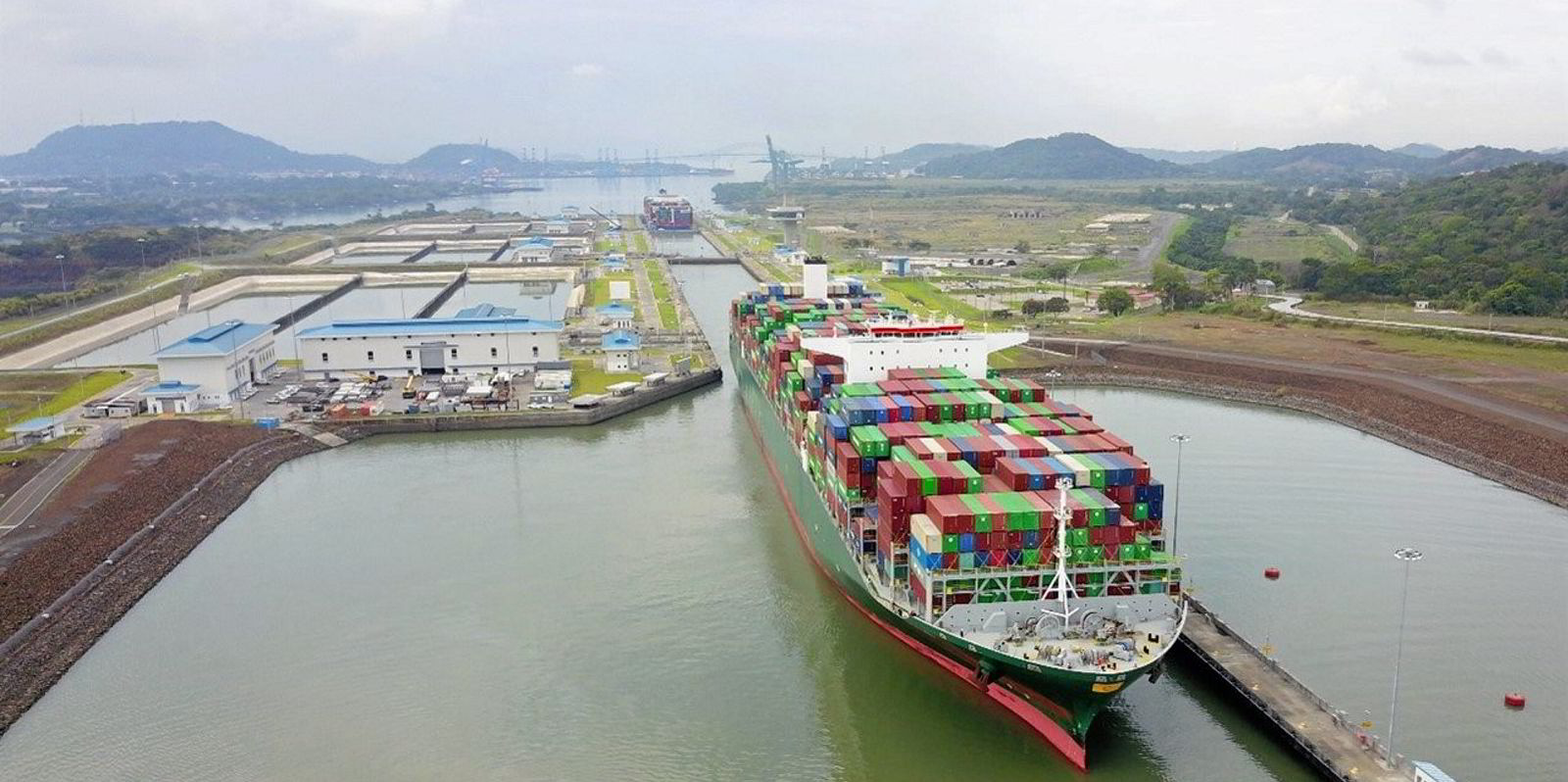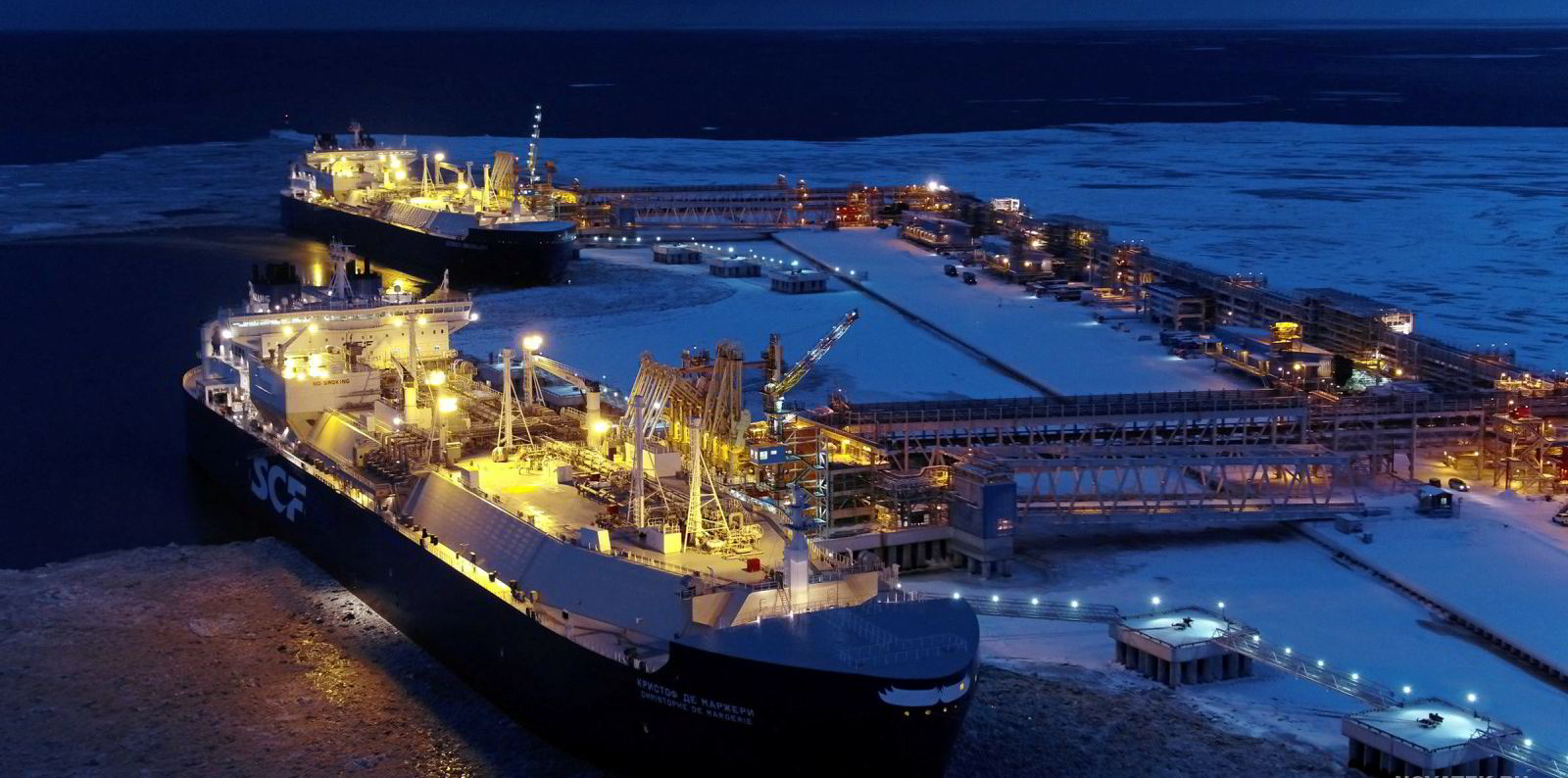Shipping's rebound from the Covid-19 pandemic is illustrated by fresh data from Clarksons Research that shows Panama Canal transits rose 15% in August.
The number of vessels passing through the waterway was also 6% higher than in the same month two years ago.
Analyst Trevor Crowe said the figures reflect "the resurgence of seaborne trade after the worst impacts of Covid".
Over the 12 months to the end of August, the company recorded a total of 12,384 transits by the world fleet, excluding dredgers and tugs.
Congestion at the canal has been a significant factor in recent times, Crowe said, with gas carriers particularly affected.
"The prominence of transits in those sectors reflects why this can have significant market impacts," he added.
LPG carriers made up 12% of all transits over the last year.
VLGCs are frequent visitors
To the end of August, 67% of the VLGC fleet passed through the canal, or an average of one transit per ship, making the sector the most "Panama-centric", Crowe said, followed by car carriers (0.95 transits per ship), LNG carriers (0.78) and containerships (0.47).
This compares to 0.25 for bulkers and 0.18 for tankers.
A total of 4,800 individual vessels transited in the last 12 months, 6% of the total fleet, belonging to 1,180 owners, 5% of the total.
Bulkers made the largest number of transits overall, however, accounting for 26% of the total, followed by containerships on 21% and tankers on 17%.
In tonnage terms, 571.6m gt passed through the waterway. Boxships again had the biggest share at 34%.
The majority of transits, 69%, over the last 12 months have been through the old locks.
However, in terms of cumulative tonnage, 53% of voyages were made through the new, bigger locks opened in 2016.





